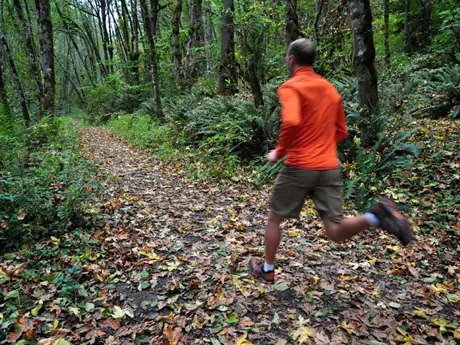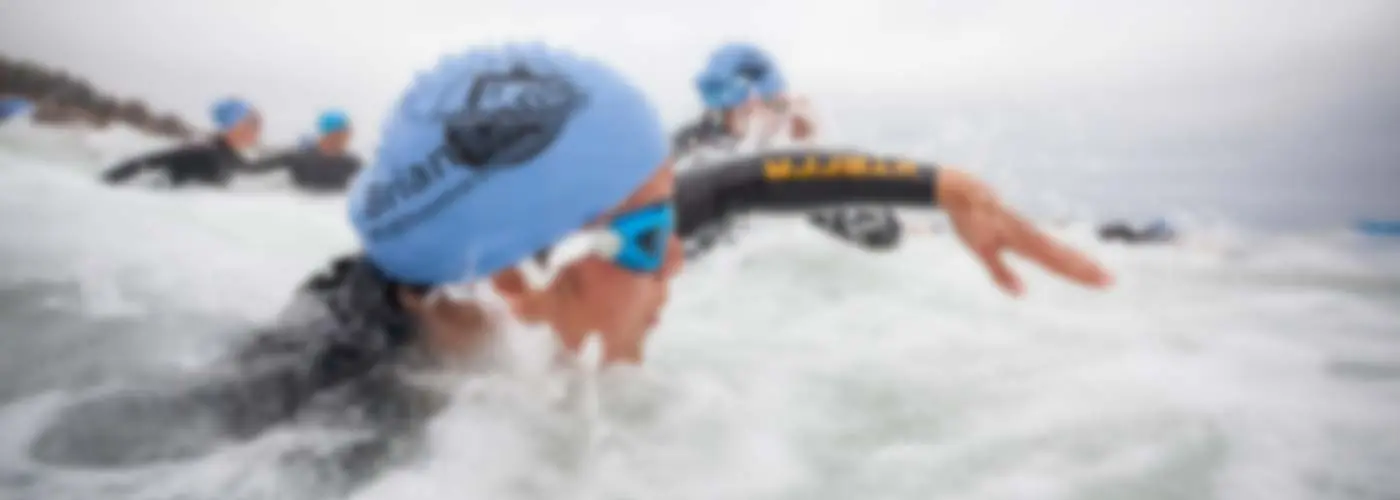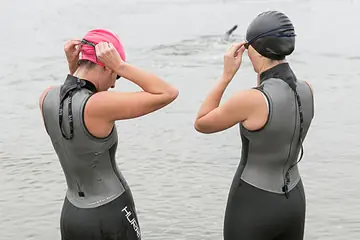
Even though most endurance athletes have one big race each season, that doesn't preclude them from doing a number of other events. After all, if you can do an Ironman or a 70.3, then you should be able to just jump into a marathon for fun?right? The answer would be yes if it weren't for two specific issues.
The first problem is performance related—even though this might be a "training race" or "just for fun," most Type A endurance athletes will do their best to set a personal best regardless.
The second issue has to do with athletic bandwidth—these athletes have already been training for a long time for their existing race schedule?one more event is often one event too many.
More: How to Pick Offseason Races
But don't worry, you can still work towards a personal best on both fronts with some refocusing of your training. Here's how you can do it.
Ignore Conventional Wisdom
The traditional training model that includes base, build and peak training suggests that the final push to your race should include speedwork to build on the aerobic foundation you developed earlier in the season. However, very few individuals can handle peak volume and additional intensity at the same time.
Most endurance athletes will build to some of their biggest training weeks and most challenging individual sessions over the final weeks before starting to taper.
Instead of getting faster, these athletes usually succumb to fatigue, burnout or injury.
More: Offseason Principles for the Self-Coached Athlete
Move Your Speed Work to the Offseason
Race preparation training is, by nature, race-specific. If you are training for a mile relay effort, your final training push will look a great deal different from what a marathon runner might do.
Once you move out of that final training window, however, the endurance athlete has a much greater opportunity to gain fitness through speed.
So, what does that mean? Go fast before going far. With the volume requirement removed, an athlete can do multiple hard workouts each week leaving ample time for recovery.
More: 8 Ways to Stay Focused This Offseason
Added Bonus: Variable Training Stimuli
Aside from getting faster on fewer hours of training, most endurance athletes benefit from the radical change in their training focus. After months of long steady training, your fitness has acclimated to the demands of the regular training schedule.
This adaptation means that improvement is much harder to come by; an annual shift to a focus on speed will allow you to balance out your endurance training and enable you to see improvements year-round.
- 1
- of
- 2
About the Author










Discuss This Article